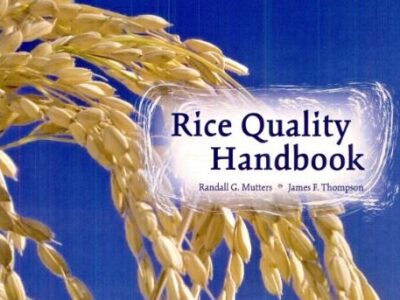The response to a rice footprint in the Sacramento Valley that reflects needed acreage to sustain habitat, floodplain and small community needs leading to protections of lands used for rice cultivation is overwhelmingly positive. Lawmakers, conservation organizations, growers, mills, and our partners including NCWA have embraced the proposition that working ricelands are critical to the future of California, the environment, and our communities.
Here is an update of work to date.
Report
We have accepted the UC Davis scope of work for the footprint report, co-authored by five professors including Bruce Linquist, John Eadie, Andrew Rypel, Dan Sumner, and Brian Todd. An interdisciplinary report like this covering waterfowl, shorebirds, salmon, giant garter snakes, crop conversion and economics is groundbreaking. The report is targeted for the end of 2024.
Voluntary Short-Term Easements
We have gained significant traction with our idea of shorter-term voluntary easements in the 10–15-year range. Growers and policy makers are interested in the tool as a compliment to permanent easements which are not well adapted to every operation.
We are seeking funding in a resources bond in California and changes to USDA regulations that will allow for these shorter-term easements.
Species
Expanding the focus of species that benefit from rice production is also gaining attention. Biologists are keenly interested in the giant garter snake and western pond turtles. We also think there is opportunity to highlight tri-colored blackbirds and other special status species use of ricelands. As we start evaluating approaches we might pursue to benefit these species, we have retained a consultant to evaluate what impacts ESA listings might have on rice farming practices.




